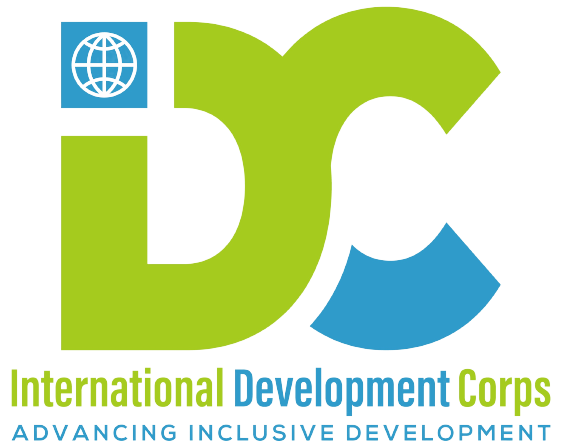Economic Empowerment and Social Development
FACTS & FIGURES
- Approach
- Economic Empowerment
- Social Cohesion and Development
World over, the impacts of extreme poverty on communities and families is devastating—the effects are even more dire for children. Globally, more than 700 million people live in extreme poverty, of these, an estimated 356 million children live in extreme poverty with less than $2.15 per person per day.
Economic empowerment is a vital aspect of social development, and it is crucial for IDC to prioritize it in line with its vision and mission. Community empowerment, especially women’s economic empowerment, is an essential component of economic empowerment. At IDC, we are achieving this through various initiatives such as Village Savings and Loans Associations (VSLA) and vocational skilling programs like tailoring, masonry (brick laying) among other vocations.
VSLA is a community-based group saving mechanism that enables people to save money, access credit, and improve their livelihoods. We support VSLAs by providing training in local leadership, financial literacy, record keeping and technical assistance to help them manage their finances better. Vocational skilling programs like tailoring can provide women with the necessary skills to start their businesses and improve their household incomes.
In addition to VSLAs and vocational skilling programs, IDC supports income-generating activities (IGAs) such as poultry and livestock production. These activities are providing a sustainable source of income for women and their families. To achieve this, IDC works with local stakeholders and program participants to identify suitable IGAs and provide training and technical assistance to support their establishment and growth.
Community-based interventions such as these have had a significant impact on social development and have enhanced and promoted self-reliance. Women’s economic empowerment has improved the overall well-being of our partner communities by increasing household income, reducing poverty, and improving access to education and healthcare. Furthermore, the integration of women into the economic sphere has led to increased gender equality and social justice.
Collaboration with local stakeholders is essential to ensure the sustainability and success of these interventions.







